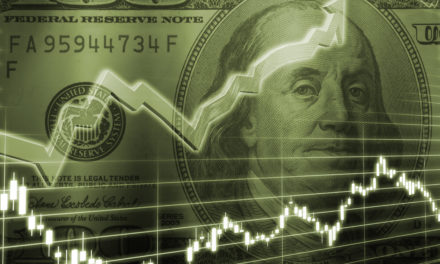
“Someone’s sitting in the shade today because someone planted a tree a long time ago.”
— Warren Buffett
A critical pearl of wisdom from Warren Buffett teaches us that with any potential stock investment we may make, as soon as our buy order is filled we will have a choice: to remain a co-owner of that company for the long haul, or to react to the inevitable short-term ups and downs that the stock market is famous for (sometimes sharp ups and downs).
The reality of this choice forces us to challenge our confidence in any given company we might invest into, and keep our eyes on the long-term time horizon. The market may go up and down the interim, but over a twenty year holding period, will the investment succeed?
Back in 2004, investors may have been asking themselves that very question about Public Service Enterprise Group Inc (NYSE: PEG). Let’s examine what would have happened over a twenty year holding period, had you invested in PEG shares back in 2004 and held on.
| Start date: | 04/23/2004 |
|
|||
| End date: | 04/22/2024 | ||||
| Start price/share: | $22.44 | ||||
| End price/share: | $66.71 | ||||
| Starting shares: | 445.63 | ||||
| Ending shares: | 954.24 | ||||
| Dividends reinvested/share: | $31.60 | ||||
| Total return: | 536.57% | ||||
| Average annual return: | 9.69% | ||||
| Starting investment: | $10,000.00 | ||||
| Ending investment: | $63,647.44 | ||||
The above analysis shows the twenty year investment result worked out well, with an annualized rate of return of 9.69%. This would have turned a $10K investment made 20 years ago into $63,647.44 today (as of 04/22/2024). On a total return basis, that’s a result of 536.57% (something to think about: how might PEG shares perform over the next 20 years?). [These numbers were computed with the Dividend Channel DRIP Returns Calculator.]
Many investors out there refuse to own any stock that lacks a dividend; in the case of Public Service Enterprise Group Inc, investors have received $31.60/share in dividends these past 20 years examined in the exercise above. This means total return was driven not just by share price, but also by the dividends received (and what the investor did with those dividends). For this exercise, what we’ve done with the dividends is to assume they are reinvestted — i.e. used to purchase additional shares (the calculations use closing price on ex-date).
Based upon the most recent annualized dividend rate of 2.4/share, we calculate that PEG has a current yield of approximately 3.60%. Another interesting datapoint we can examine is ‘yield on cost’ — in other words, we can express the current annualized dividend of 2.4 against the original $22.44/share purchase price. This works out to a yield on cost of 16.04%.
One more piece of investment wisdom to leave you with:
“Cash combined with courage in a time of crisis is priceless.” — Warren Buffett




